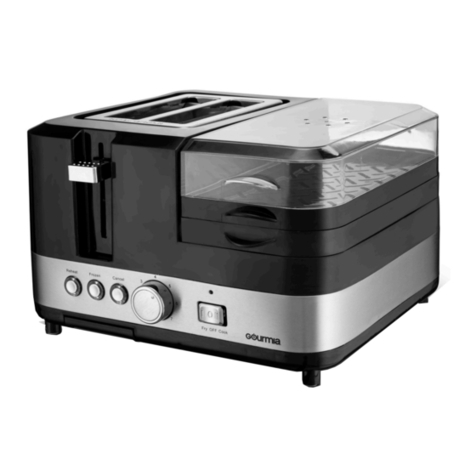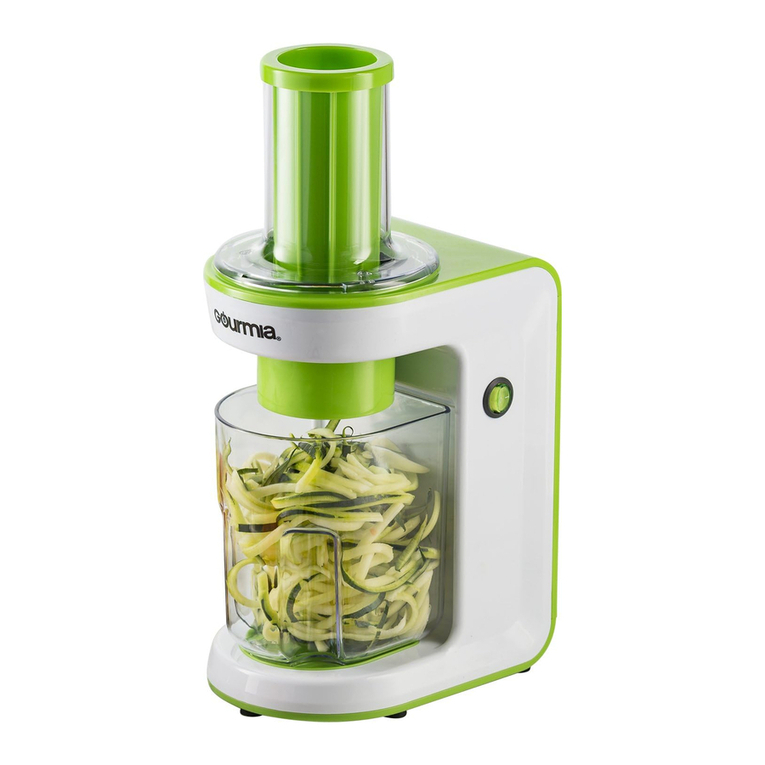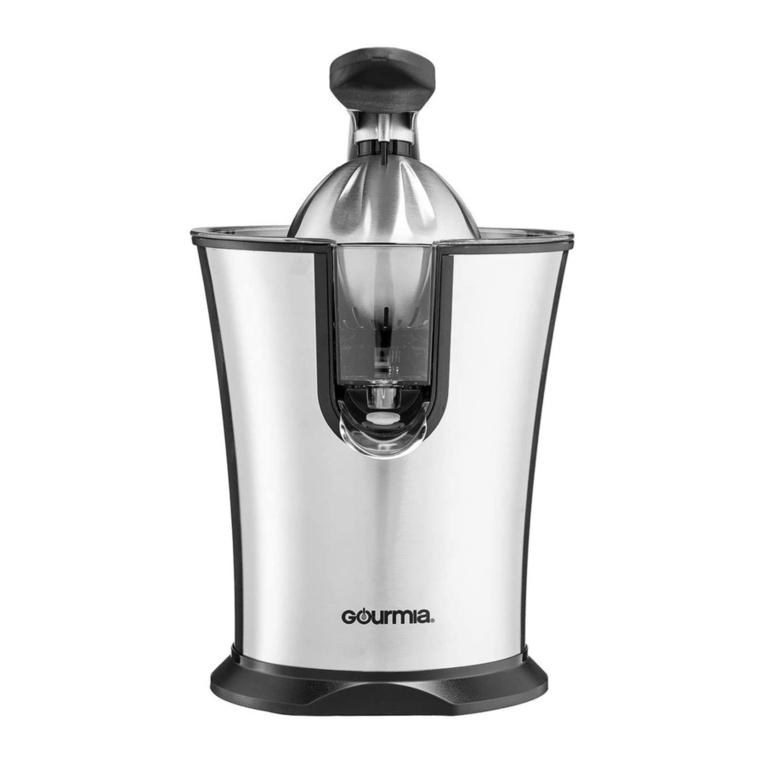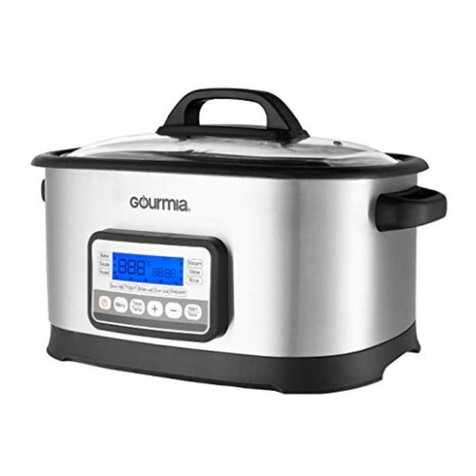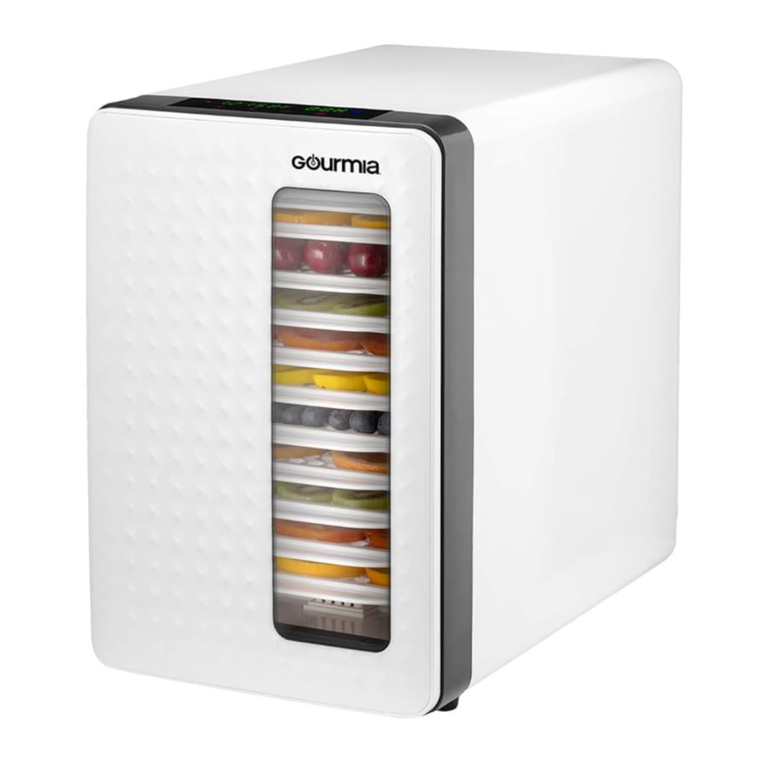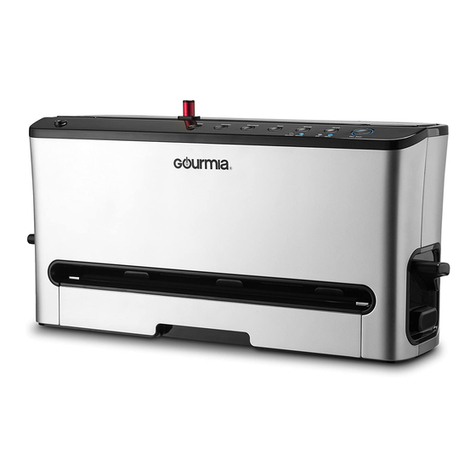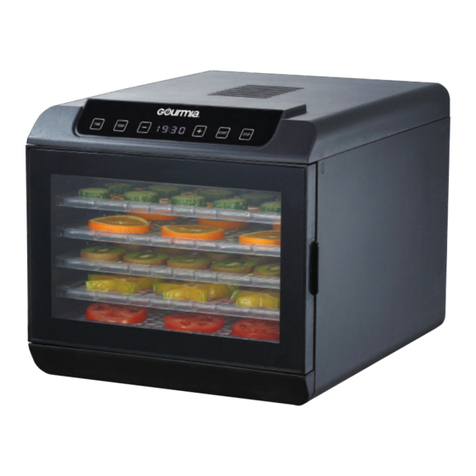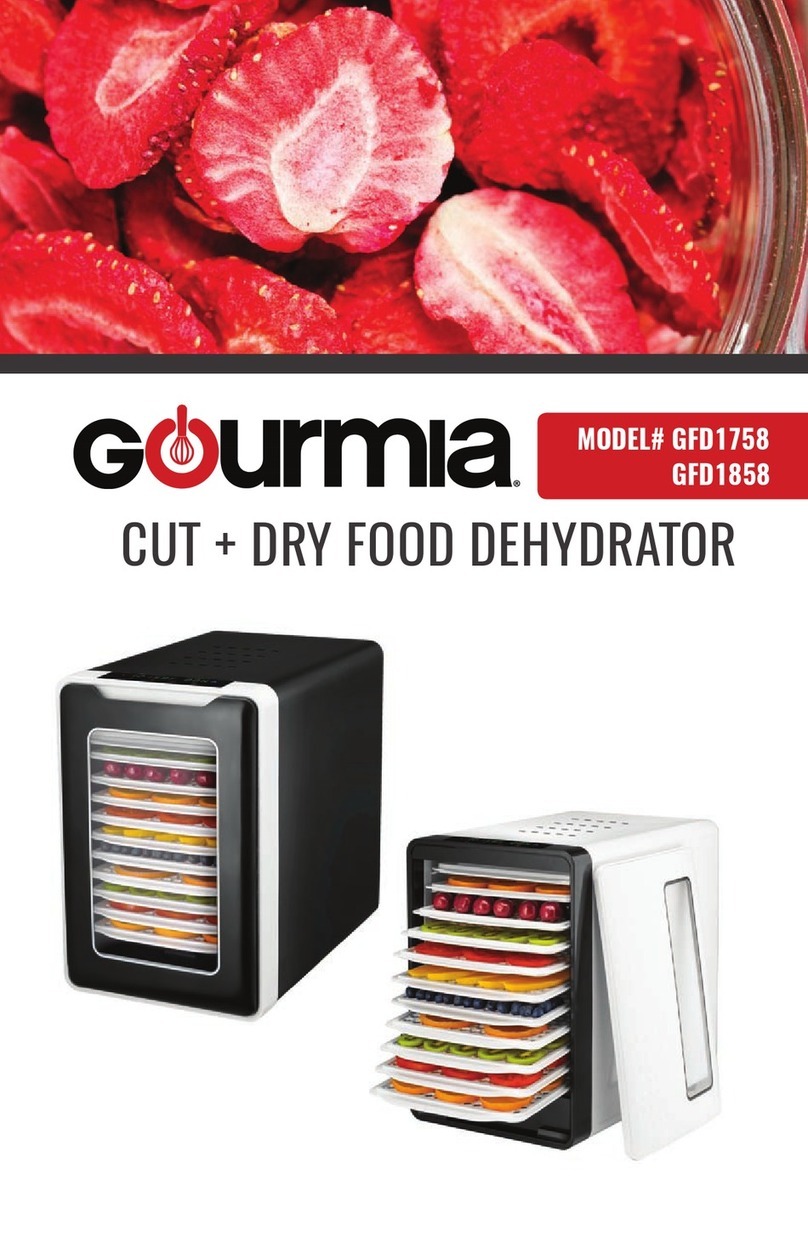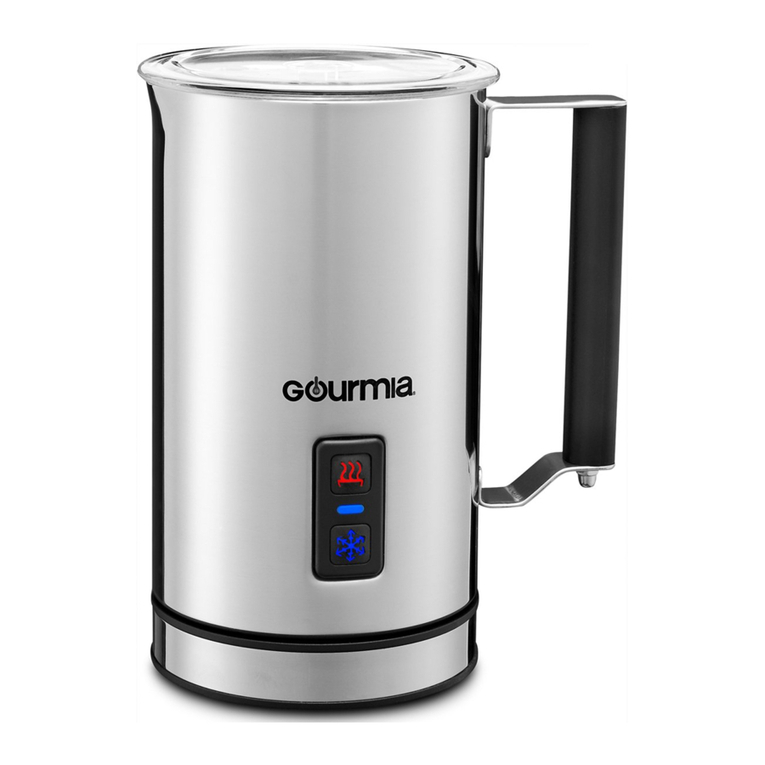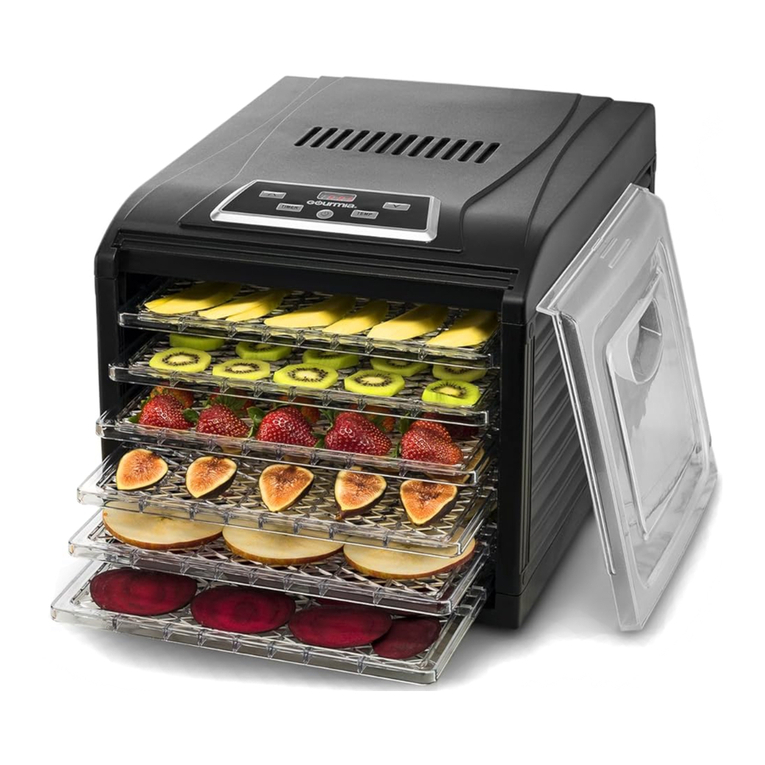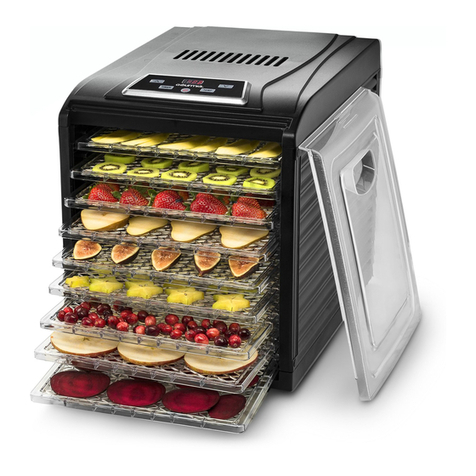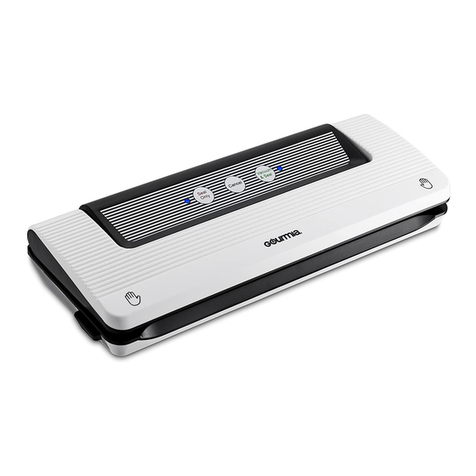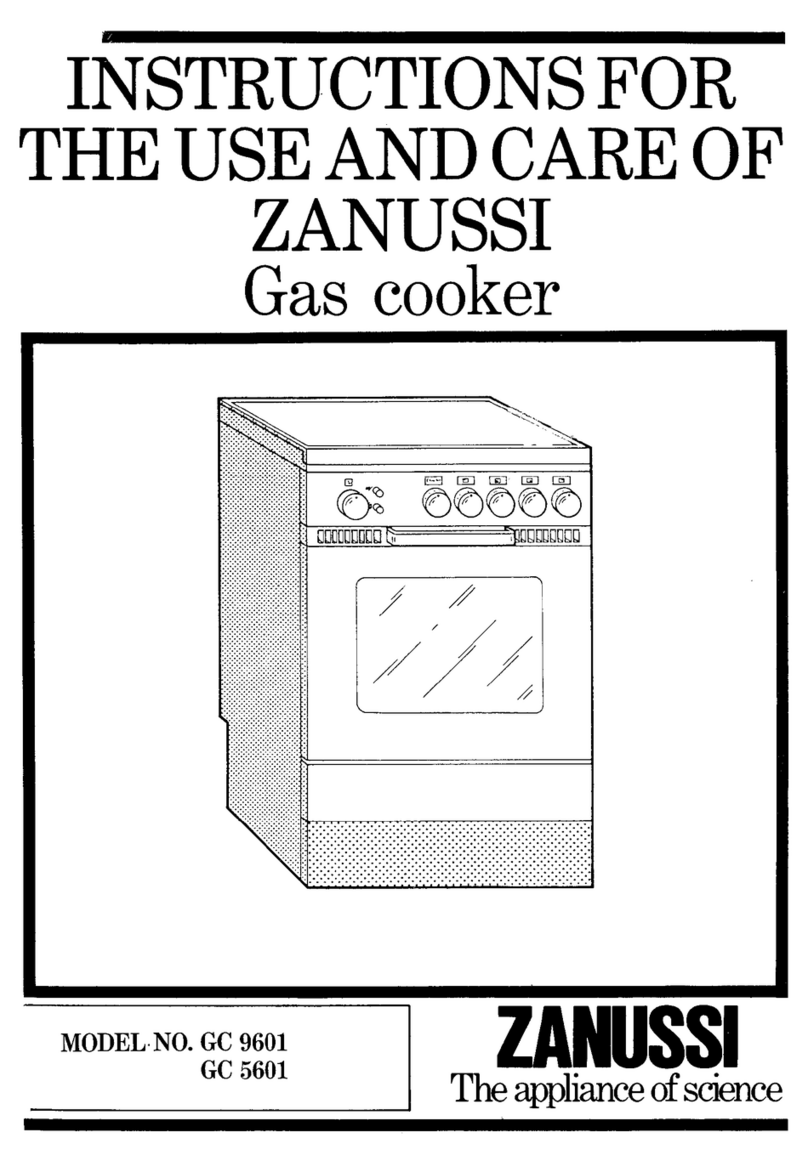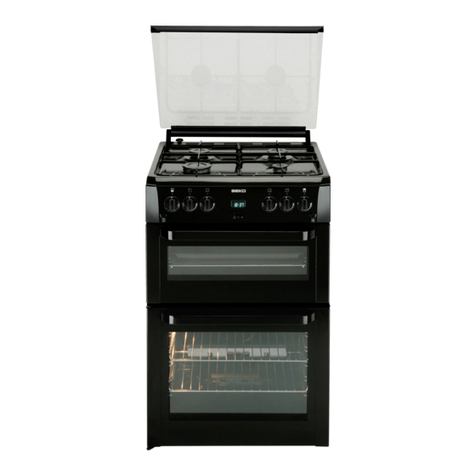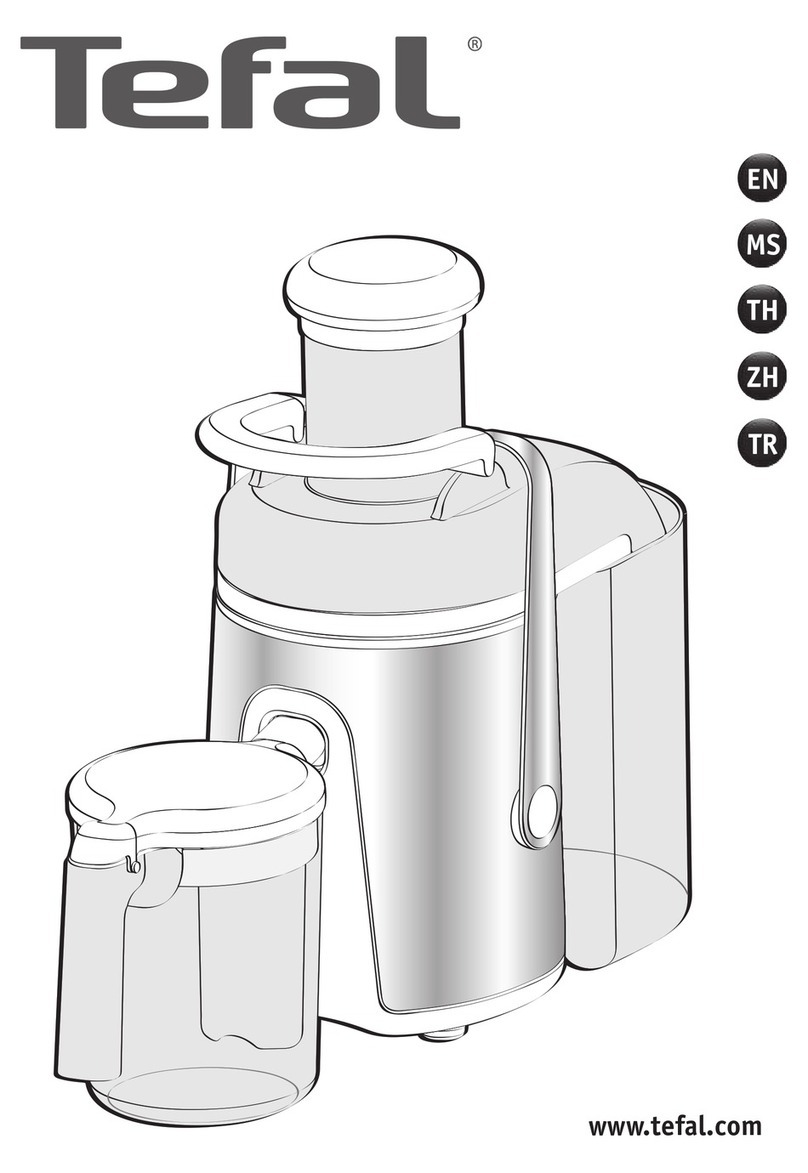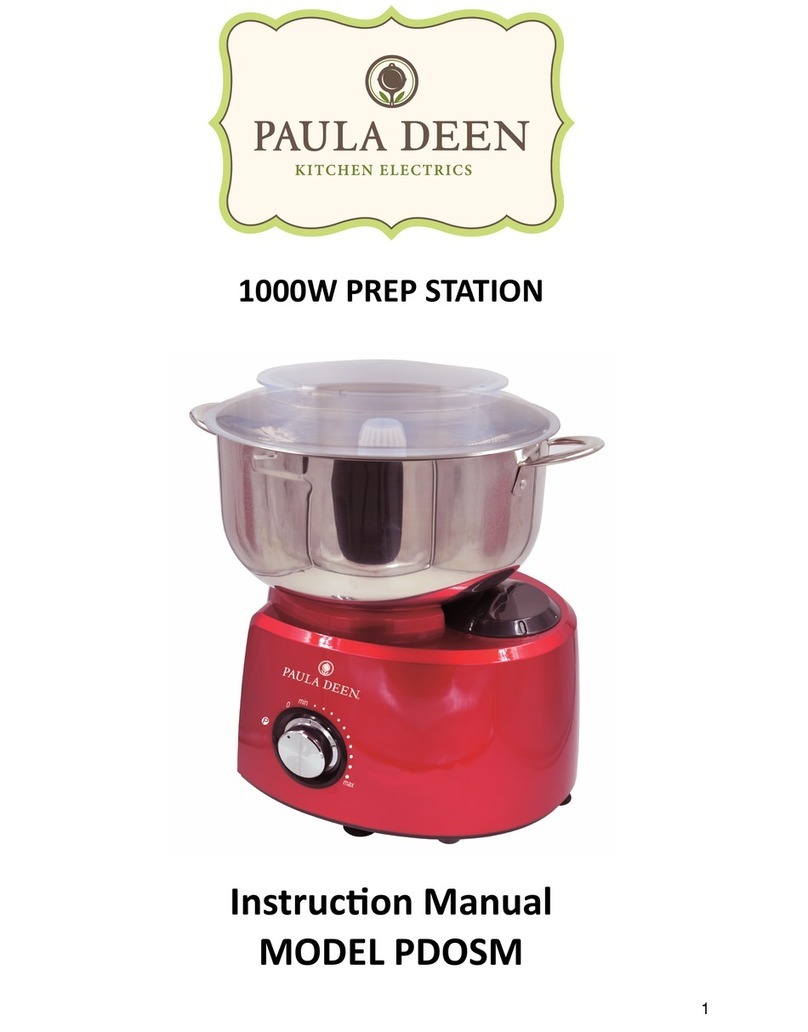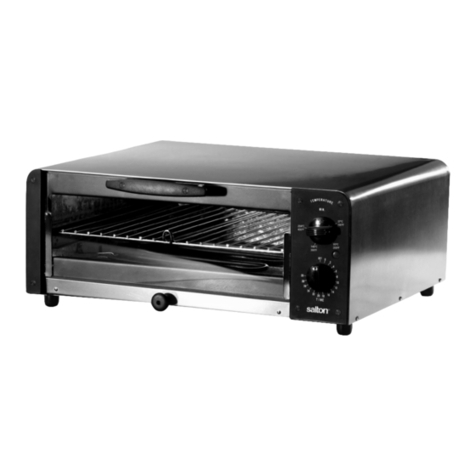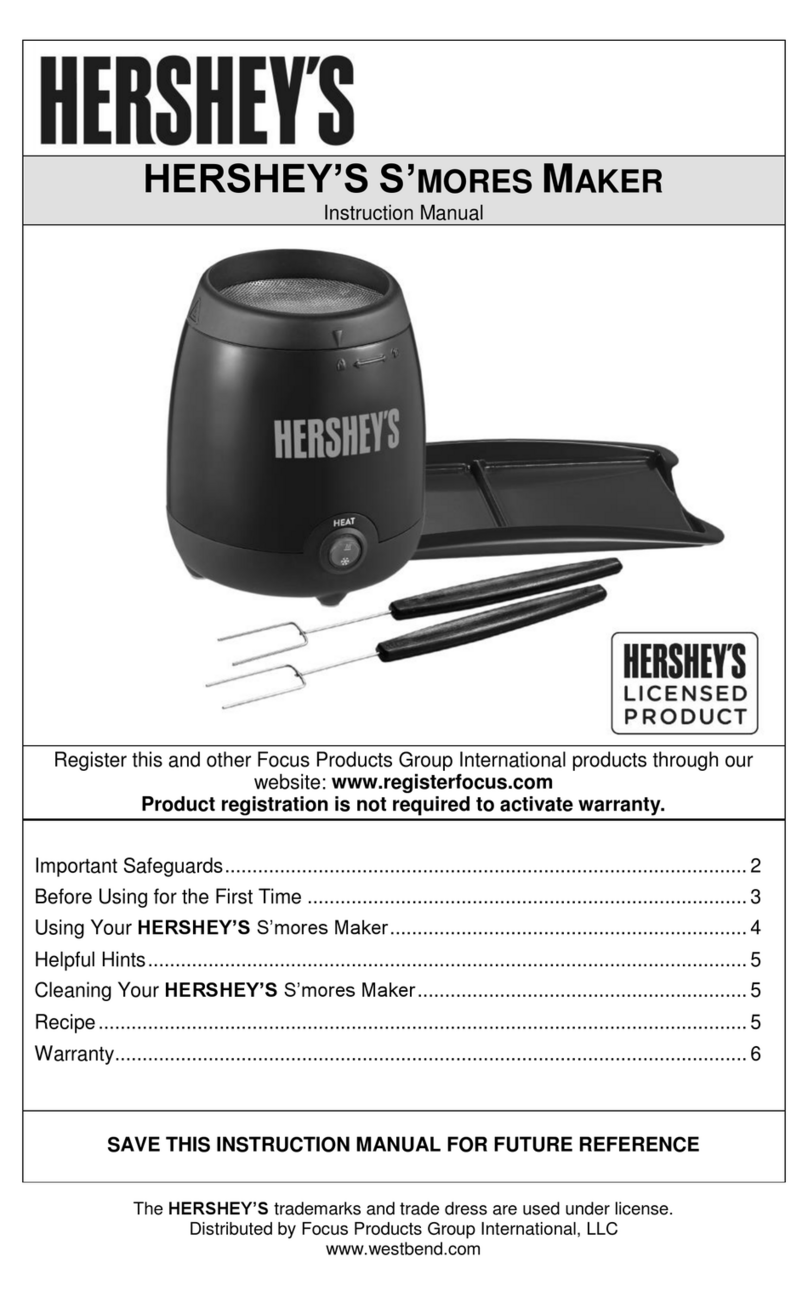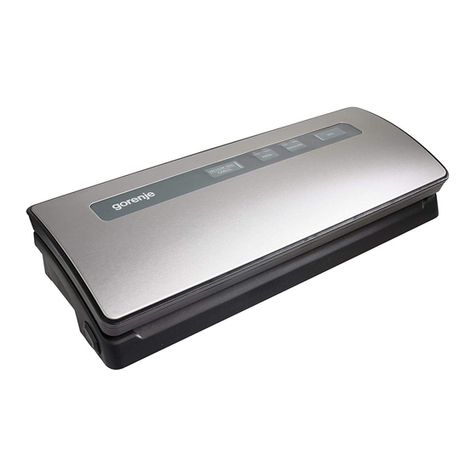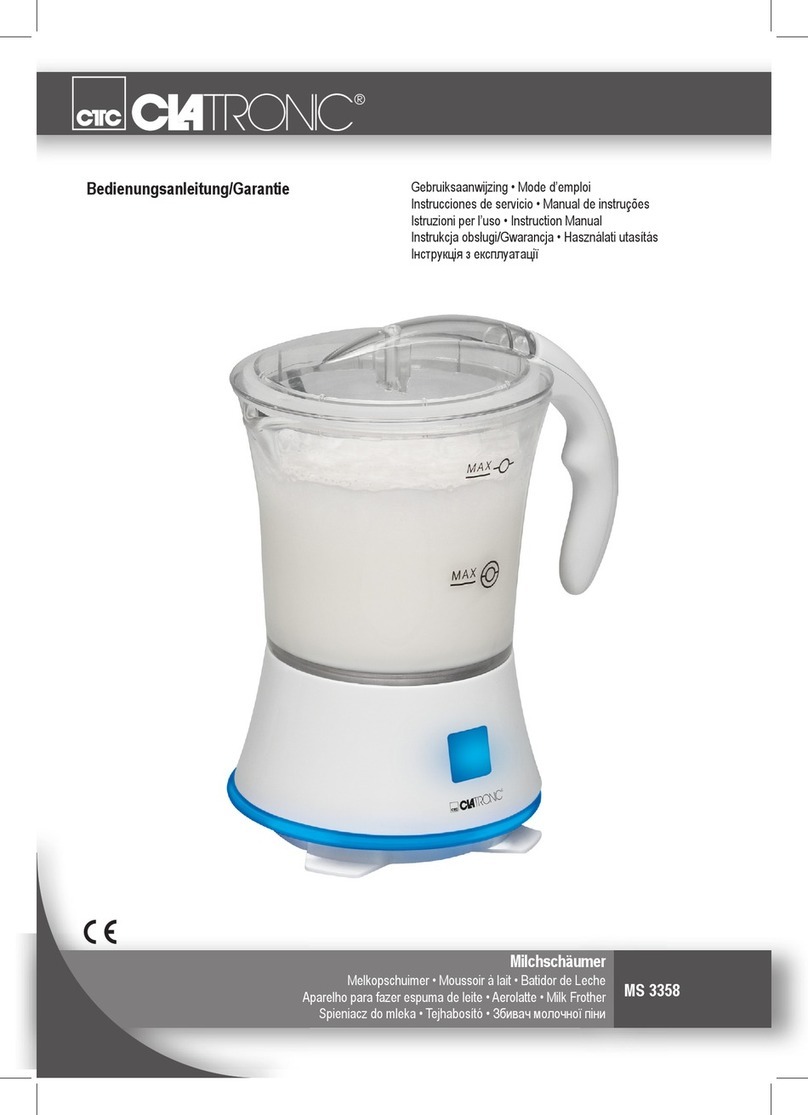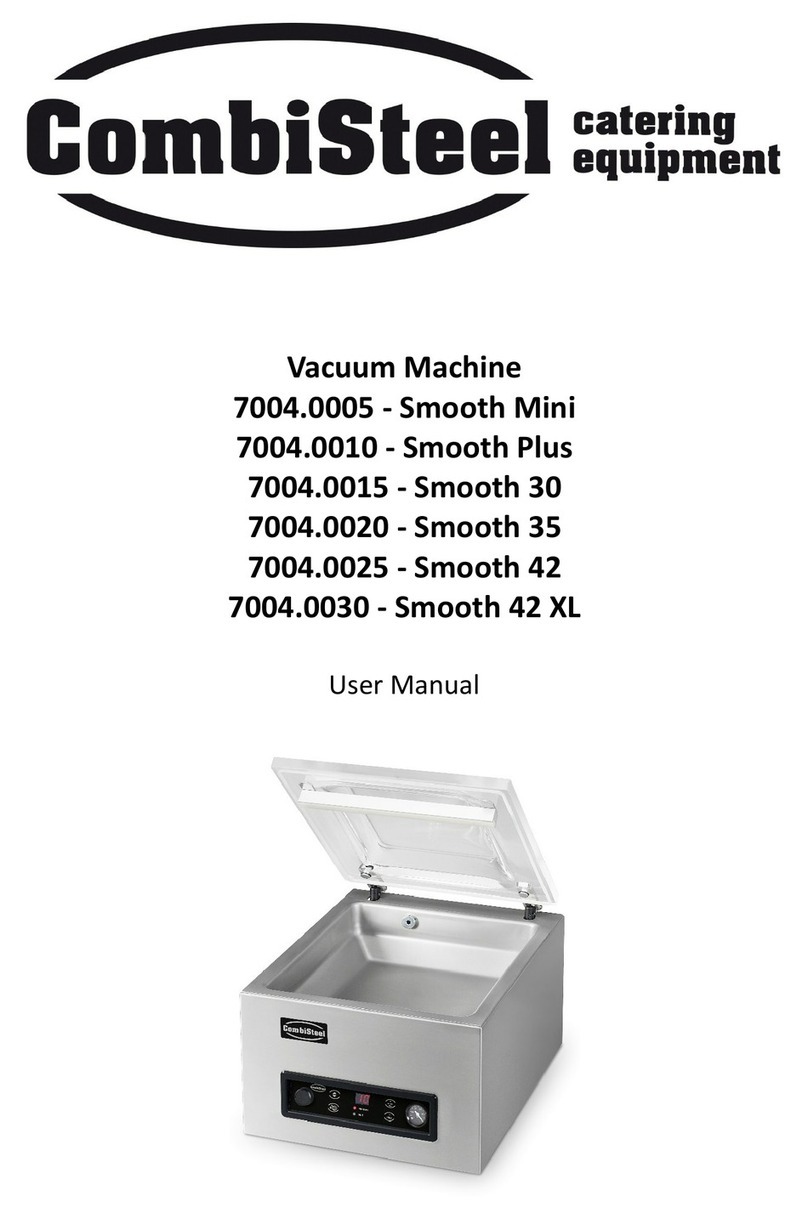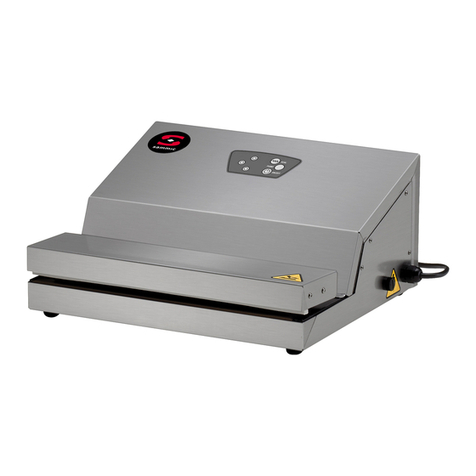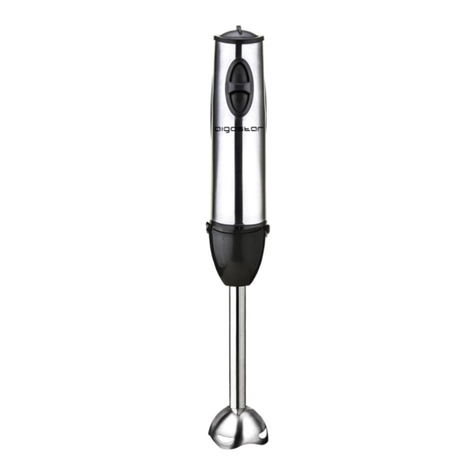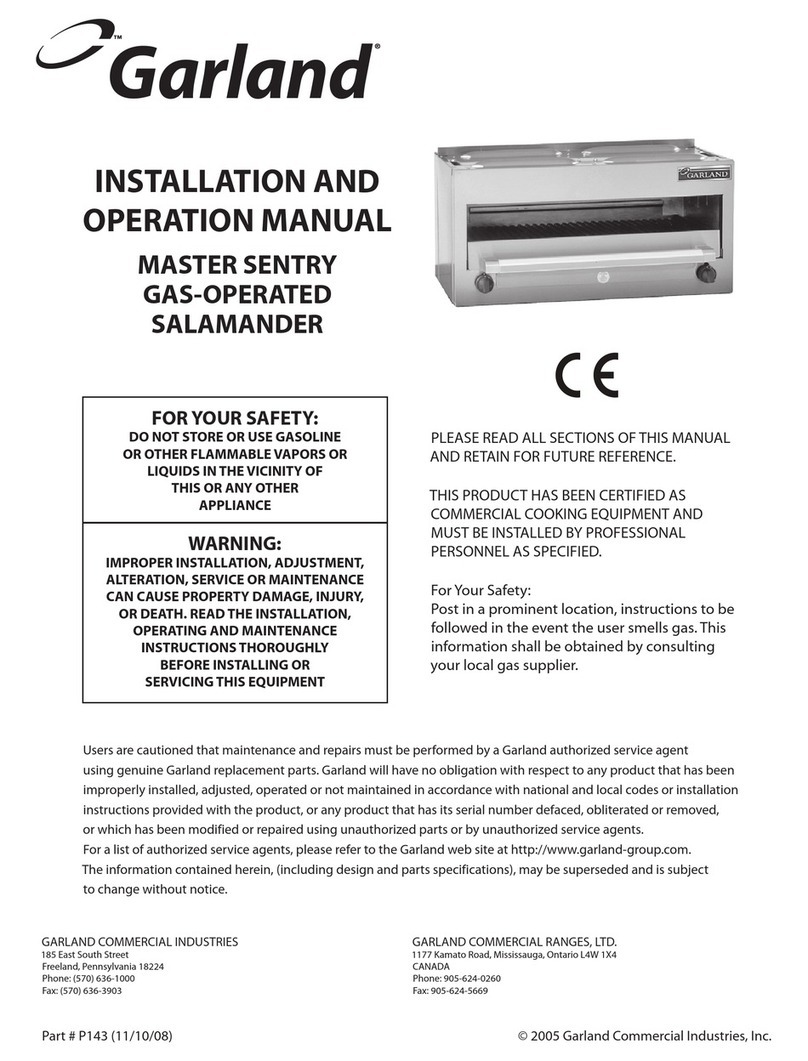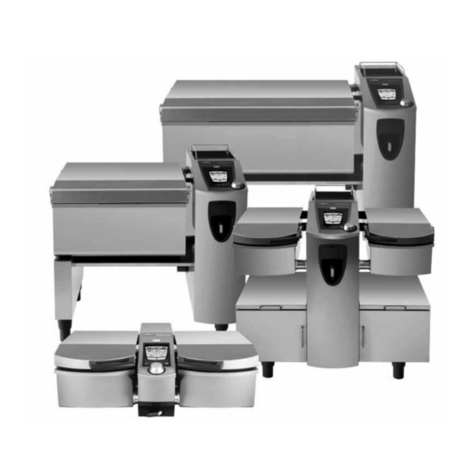FOOD SELECTION & PREP
FOOD SELECTION & PREP
1918
completely. Dry with a paper towel and
place in the dehydrator.
Drying Vegetables Hints & Tips
As with fruit, the critical component of
drying vegetables is to start with the
most fresh, crisp vegetables at the peak
of ripeness.
• Unripe vegetables often have an
extremely bitter, acidic avor. Avoid
any that are under-ripe or over-ripe
for best avor results.
• Wash and dry vegetables just
before drying to remove any debris
or dirt.
• Do not use vegetables that
have blemishes, evidence of
bug infestation or worms, or
discoloration.
• Cut o parts of vegetables that
appear to be bruised or damaged
in transit.
• Discard seeds, stems, rinds
and other inedible parts of the
vegetable.
• Peel vegetables; almost all
vegetables should be peeled or cut
before drying. Rinds or peels lend
a bitter or unappetizing taste or
texture.
• Slice or cut vegetables as desired
(see notes following).
Cutting & Slicing Vegetables
Hints & Tips
Create uniform pieces for drying; slice
or quarter vegetables as needed. Pieces
should be no larger than 1½ -2 inches
in diameter. Cut thin slices of dense
vegetables, such as potatoes and beets.
Trim ends and leave some vegetables
whole, such as asparagus and green
beans.
Pre-treatment of vegetables is
usually recommended and is best
accomplished by blanching over
boiling water for 2 to 3 minutes, just
long enough to set the color and
remove acidic avors. After blanching,
arrange on the Drying Trays.
Drying Meat Hints & Tips
• To properly dry meat, ALWAYS use
temperatures above 140°F to avoid
potentially dangerous bacteria
growth.
• Meat must be sliced very thinly
to be dried. Partially freeze meat
for up to 1 hour. Remove and slice
thinly across the grain. Place on
the Drying Trays right away. Do not
crowd or overlap the meat slices.
• When done, test a piece of meat.
It should crack when bent without
snapping. Remove and cool
completely on racks. Store in sealed
plastic bags for up to 2 weeks or
freeze until use.
• Seafood llets should also be thinly
sliced. If needed, partially freeze
the sh rst, then thinly slice with a
sharp knife. Remove any bones, even
small ones, for best results.
• Create a great low fat Teriyaki Chicken
Jerky by thinly slicing chicken breasts
and marinating in Teriyaki sauce for
1 hour prior to drying. Arrange on
Drying Trays right away right away
and dry at 145*F until crisp. When
done, add crushed red pepper, chili
powder or other spices to kick up the
avor.
Drying Nuts Hints & Tips
• To reduce enzymes, rst soak raw nuts
in plenty of water for 24 hours before
drying (cashews for 6 hours). The nuts
will expand in size – allow plenty of
room in the jar or bowl. Drain the nuts
and dry until crispy, about 10 hours.
Store in air-tight containers.
Drying Herbs & Edible Flowers
Hints & Tips
• Rinse thoroughly in cold water and
gently dry. Remove any dead or
discolored leaves. Spread on Drying
Trays and dry for up to 8 hours.
Remove and cool. Break or crush the
herbs and store in a dark, cool place
in a self-sealing container. Flowers can
be dried in much the same way and
used as garnishes or for avoring.
CAUTION: Be condent that the owers
and herbs selected for drying are
edible and pose no danger or threat if
consumed. If in doubt, throw away the
herbs or owers.













